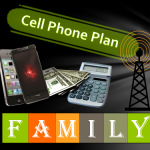
When choosing baby gear to welcome home a new little one, there are many options. While some of these items are required by law,Baby.Equipment others are not. Therefore, choosing between high, middle and low cost models becomes an investigation to make the best decision based on one’s needs and budget. There are pros and cons to every choice. In this activity students will put their consumer skills to the test by using the internet to compare high, middle, and low cost versions of baby gear and then analyze the results.









